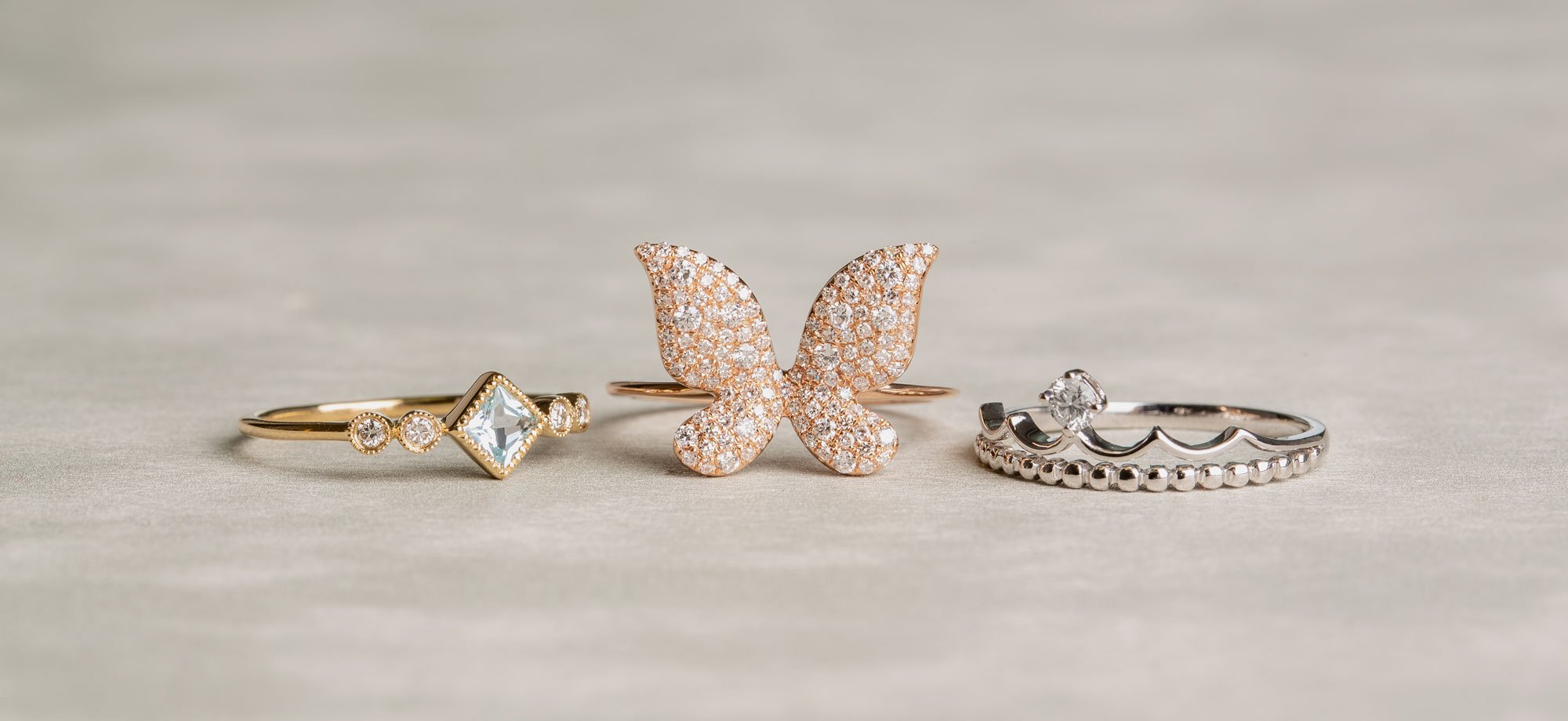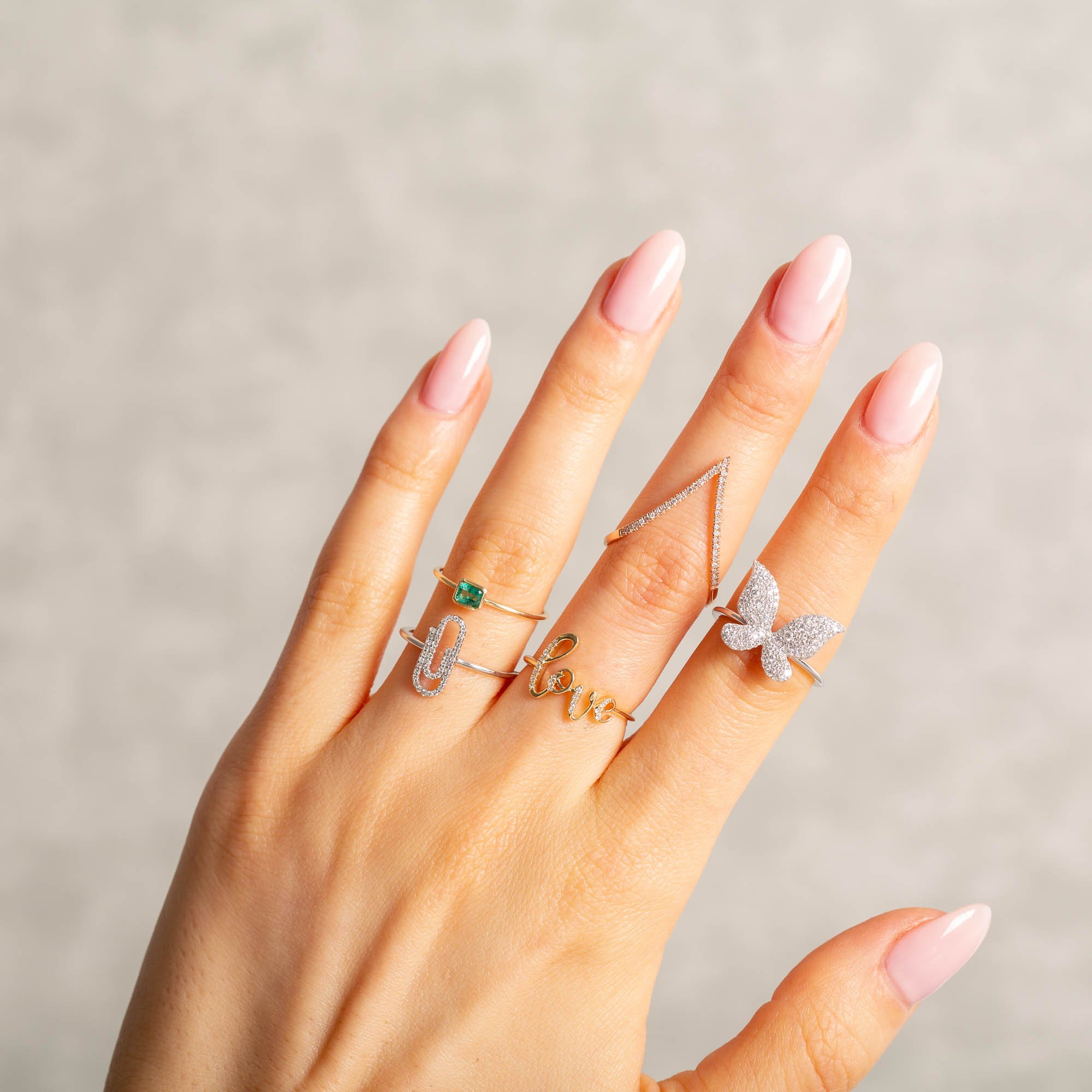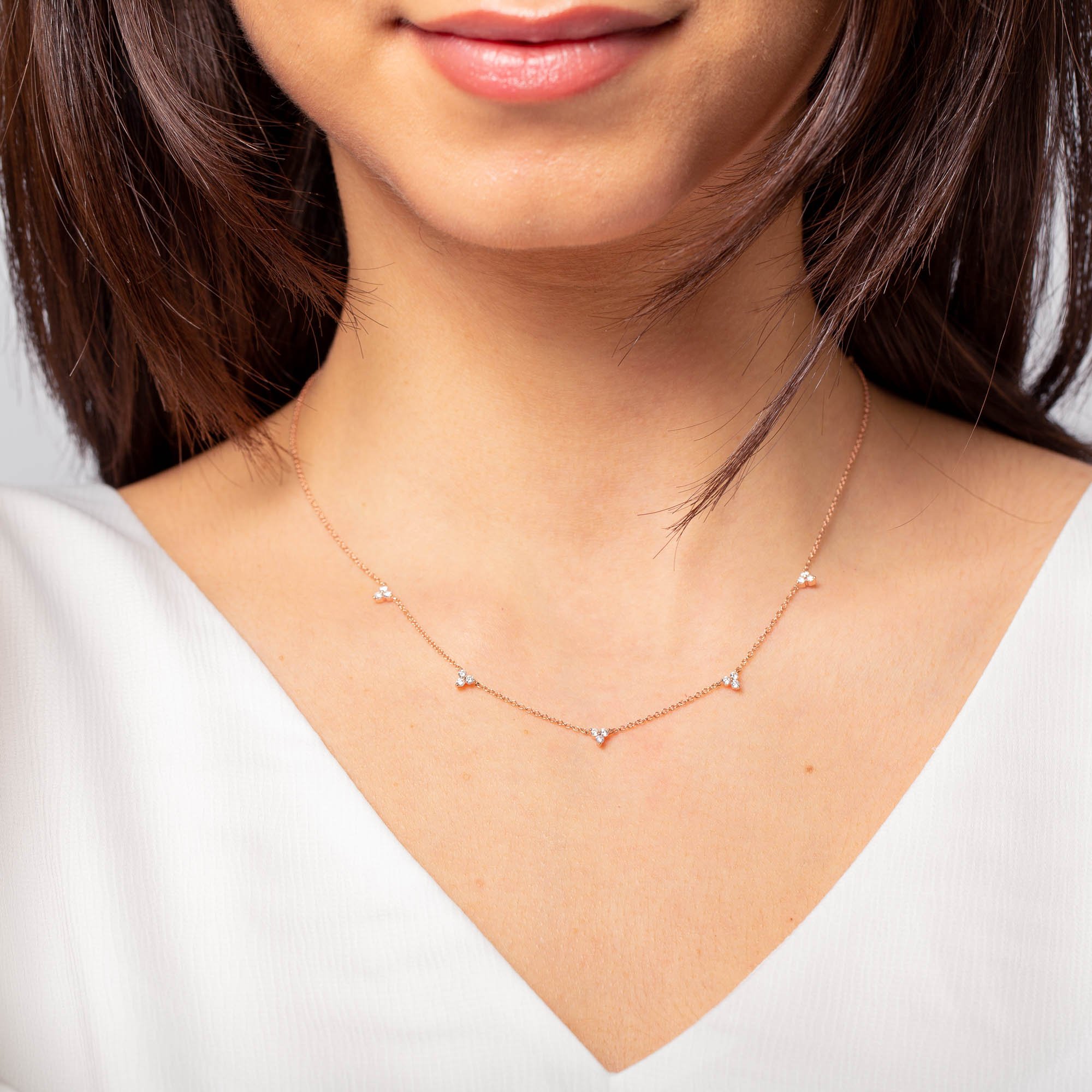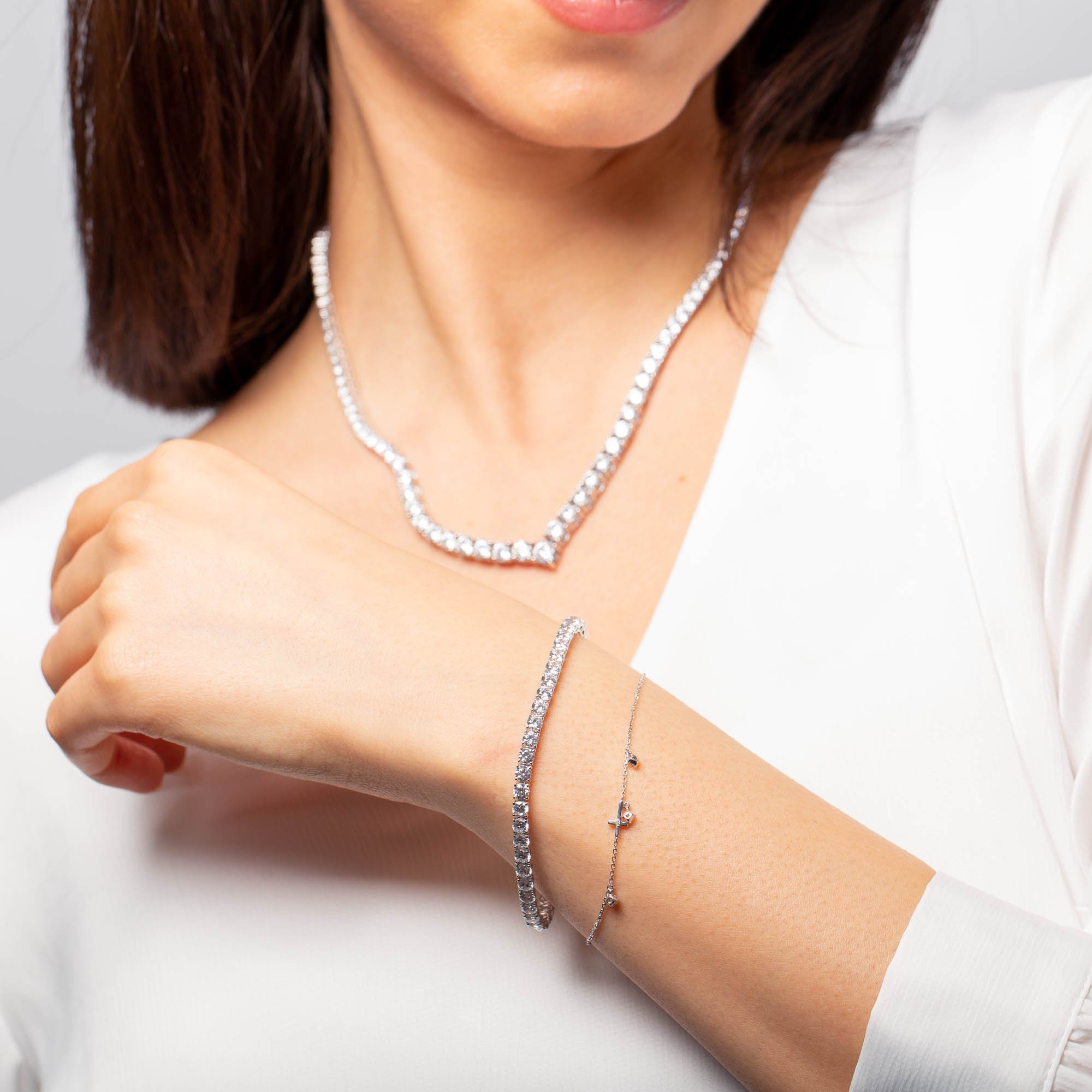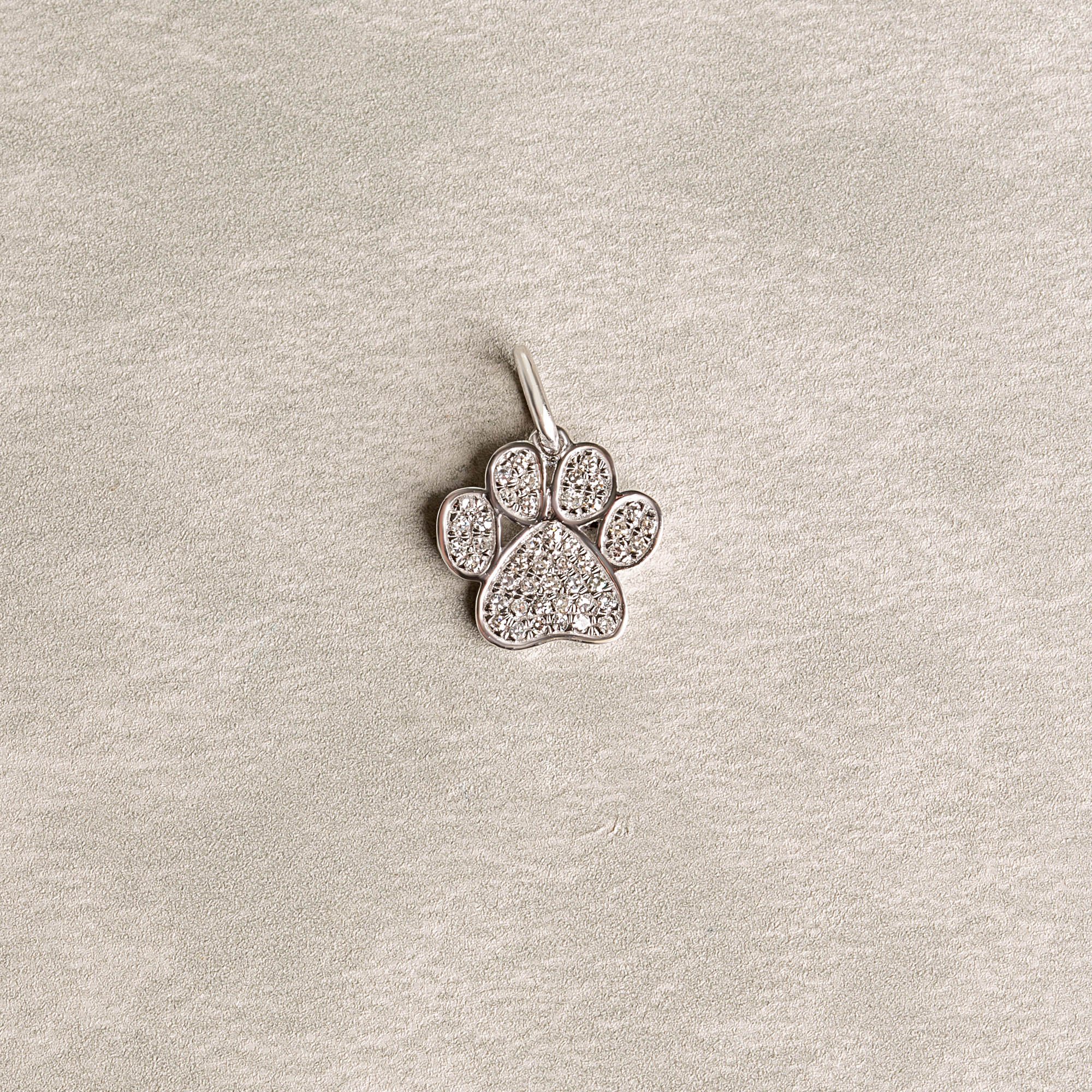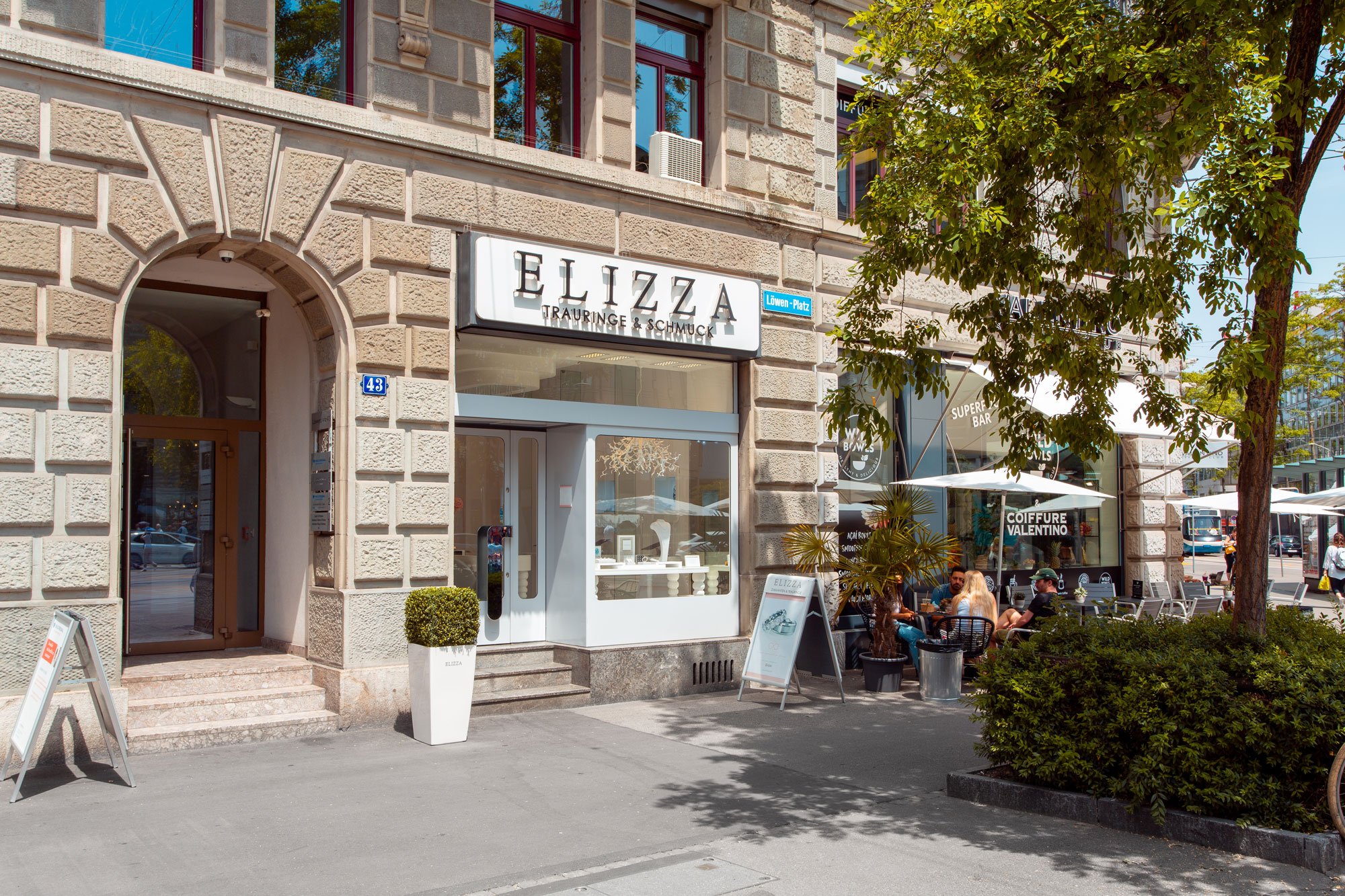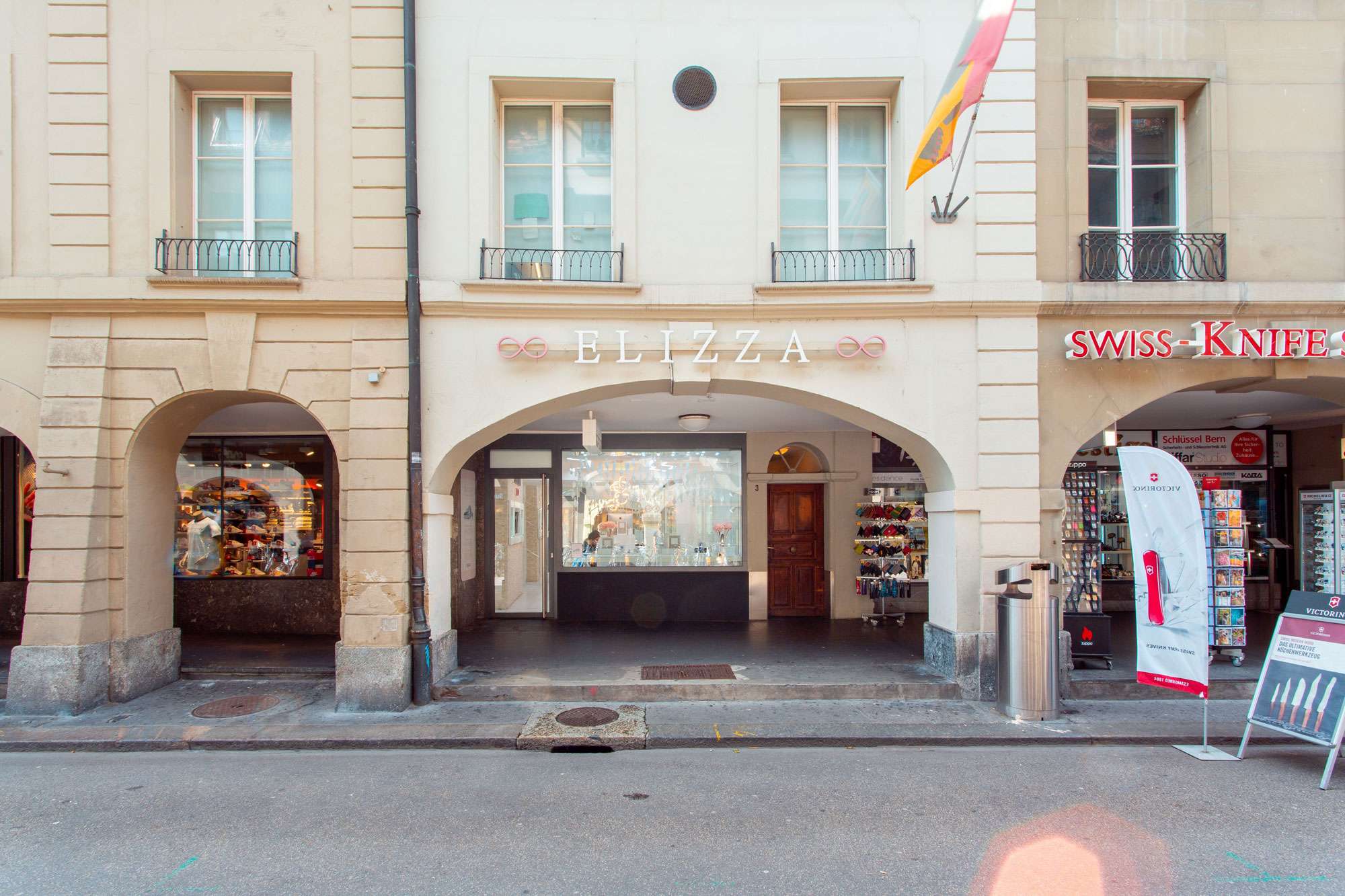Where to find out everything about jewellery & diamonds
Knowledge base
Chapter 4
Colored diamonds
Chapter 4
Colored diamonds
Introduction
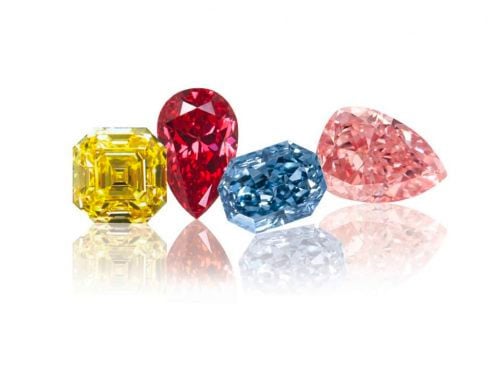
Color
Gem diamonds in the D to Z category usually lose value as the color becomes more distinct. The opposite is true for fancy colored diamonds: Their value generally increases with the strength and purity of the color. Large, vivid fancy colored diamonds are extremely rare and very valuable. However, many fancy colored diamonds are not pure and strong, but rather muted. Fancy colored diamonds come in almost every color imaginable. Red, green, purple and orange are generally the rarest, followed by pink and blue.
Cut
Size and shape are two aspects of cut that can affect the color of a diamond. The larger a diamond is, or the deeper its pavilion, the further light can penetrate it. This often results in a richer, more intense color. The type of cut can also affect color. Cutters discovered that certain cuts - usually mixed cuts like the radiant - can enhance the yellow color of diamonds that are at the lower end of the D to Z color scale.

Clarity
For fancy colored diamonds, color is the most important value factor. Even diamonds with numerous inclusions that result in low clarity are valued by connoisseurs if they have an attractive open color. Inclusions that affect the gemstone's durability can, of course, significantly reduce the value of a fancy diamond. Fancy color diamonds may have a color grain that is considered an inclusion.
Carat
As with diamonds in the normal D to Z color range, large fancy diamonds are rarer and more valuable than small ones.
Fancy colour diamond certificate
The GIA, IGI, HRD and China-based NGTC Colored Diamond Grading Report provides a complete quality assessment of a colored diamond, including color grade and color origin (natural or treated), carat weight and clarity, and a table of clarity characteristics. A full color image of the diamond can also be included as an optional service of the GIA. The world's preferred certificate for natural fancy color diamonds is the GIA.
